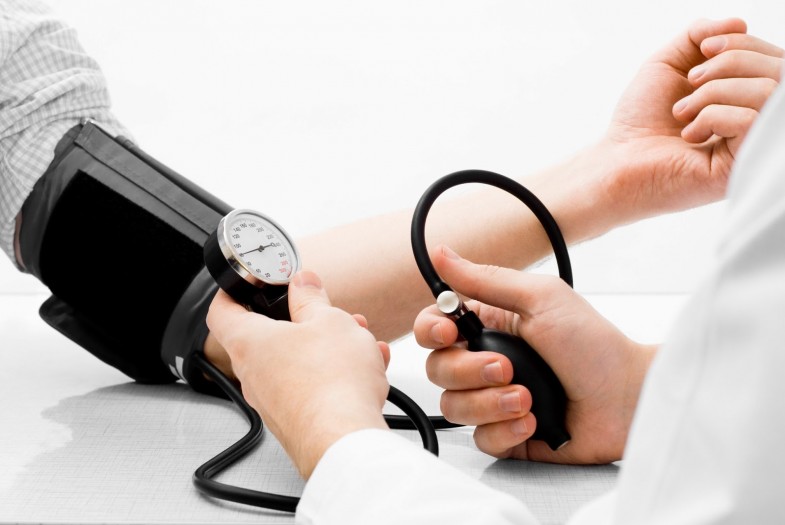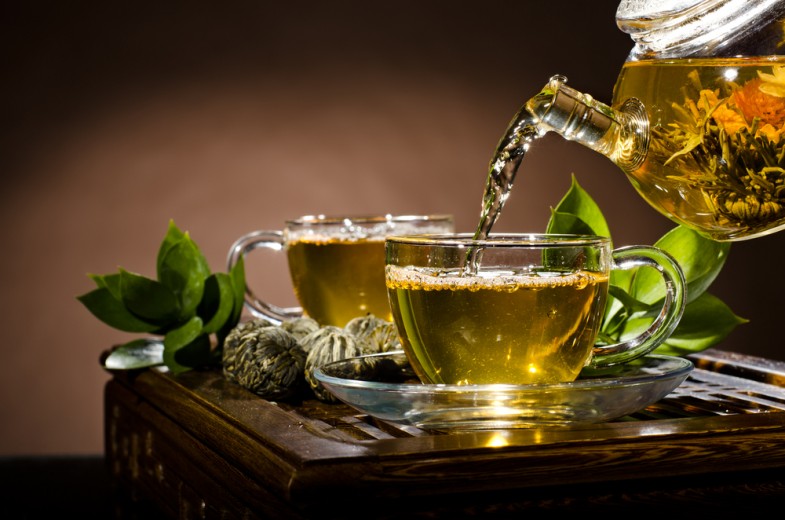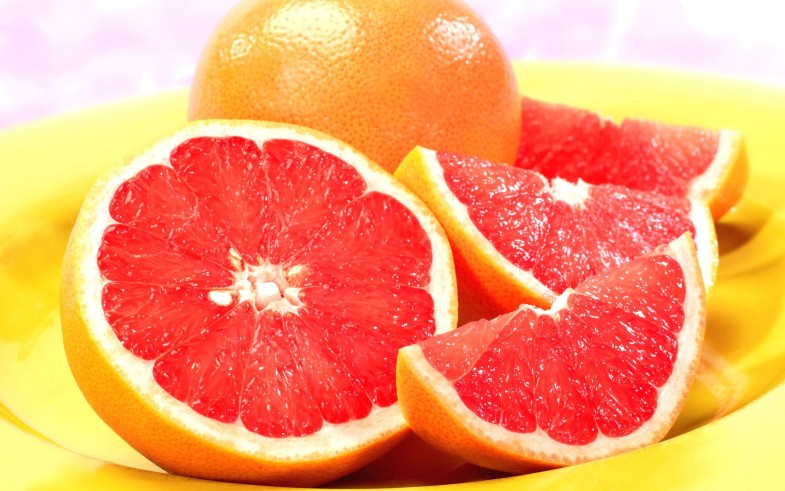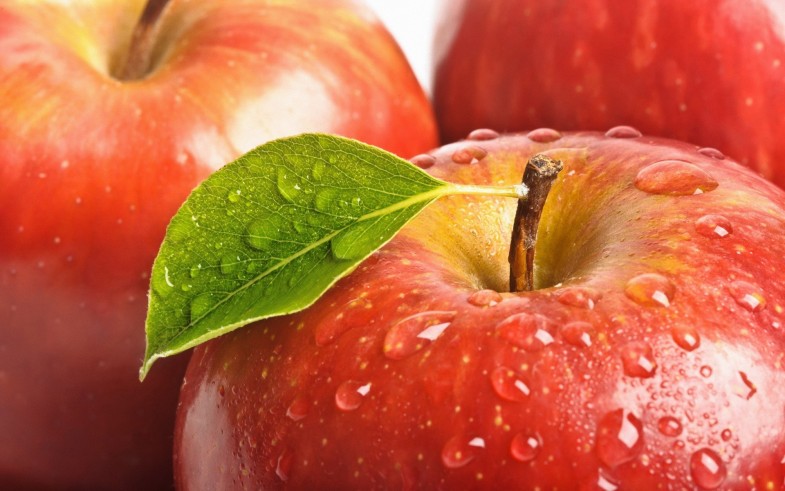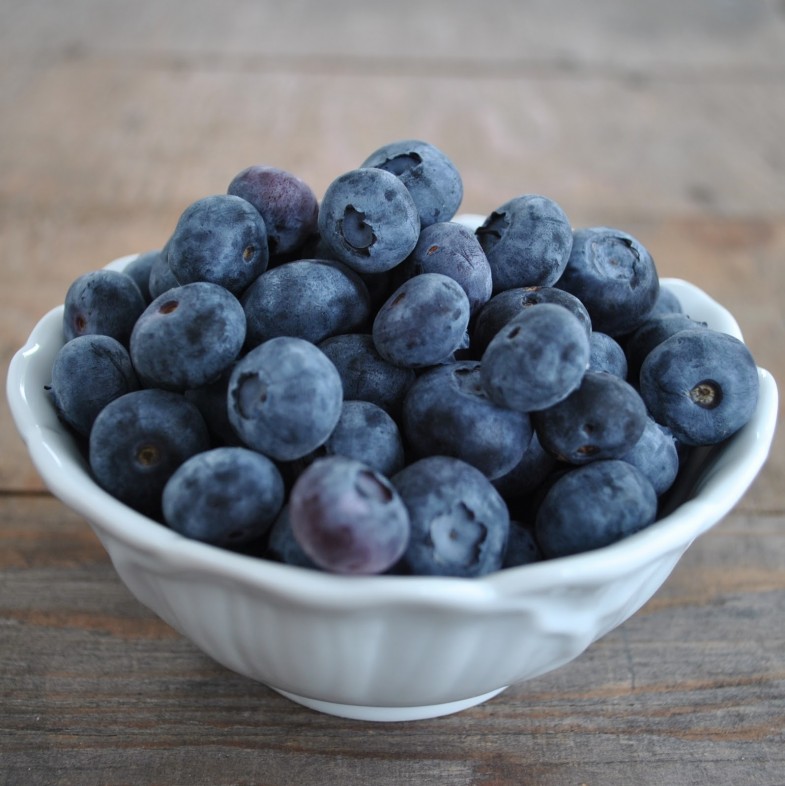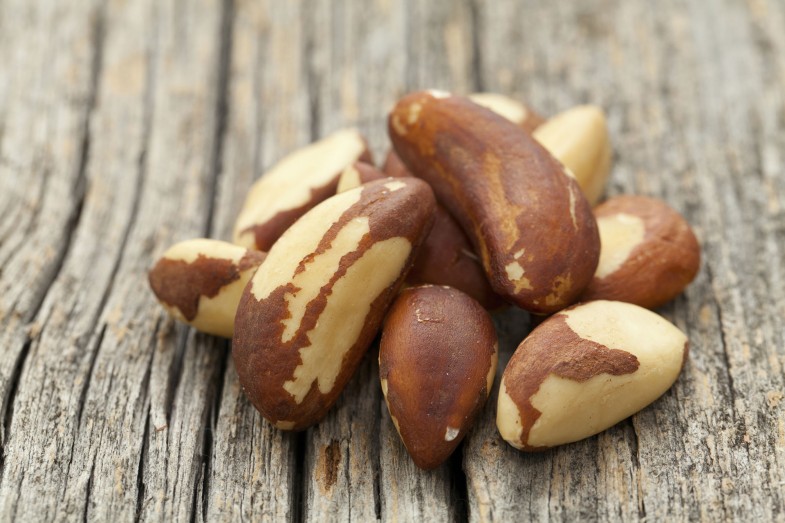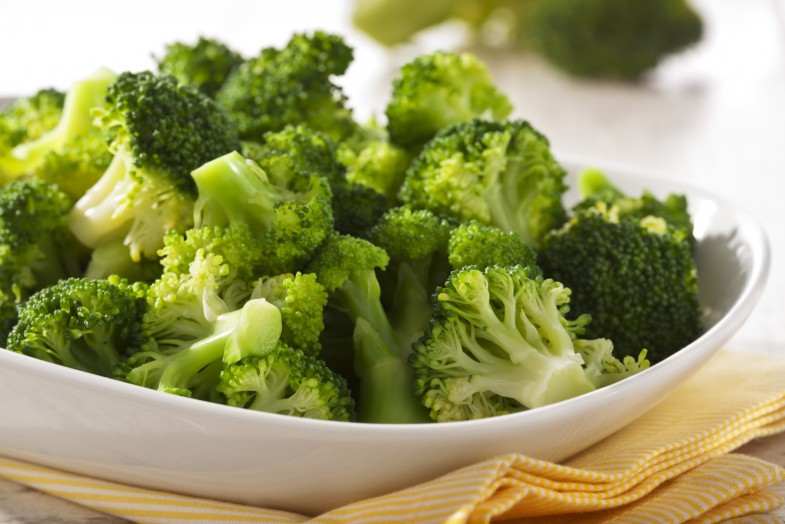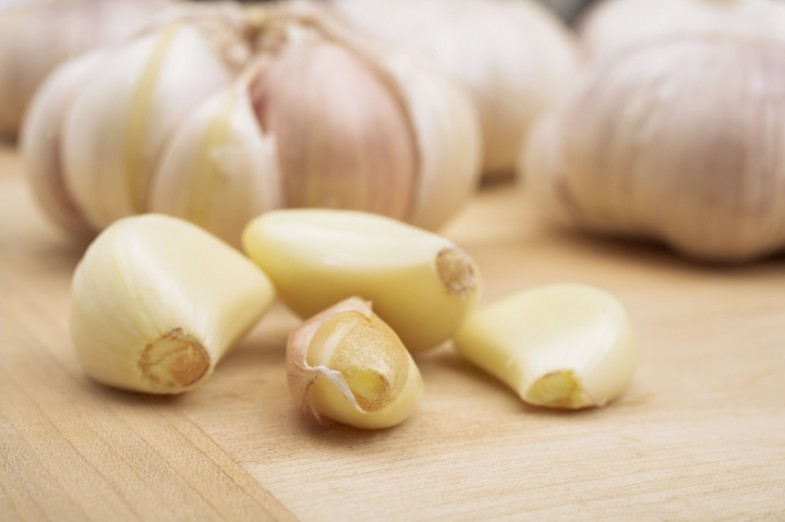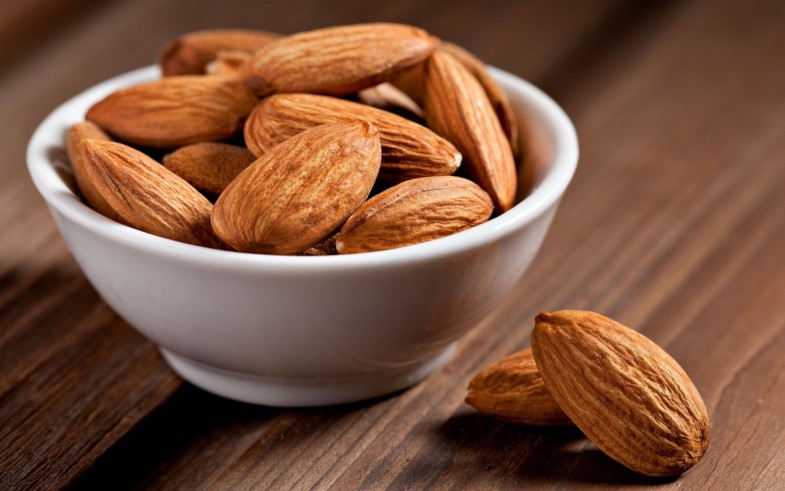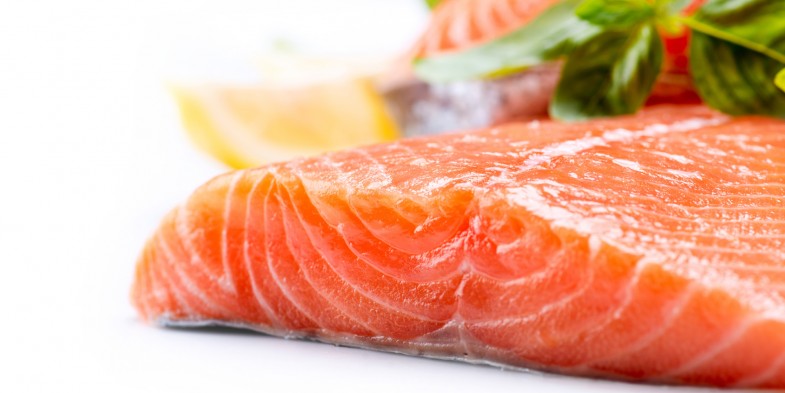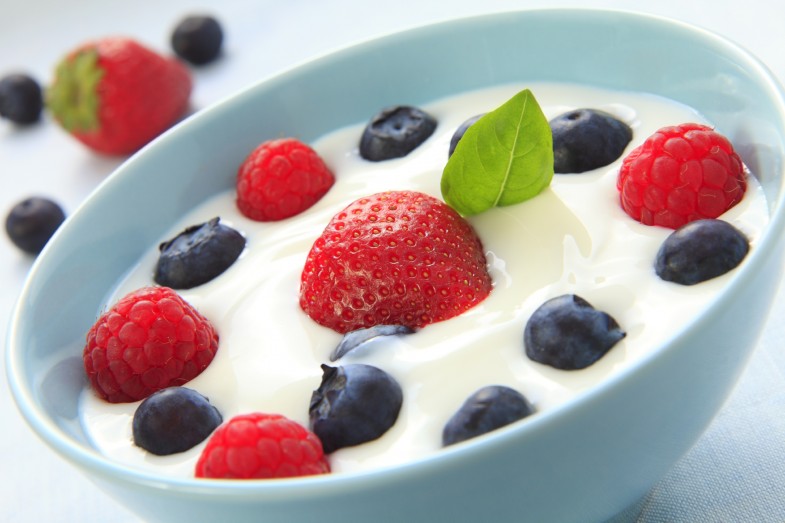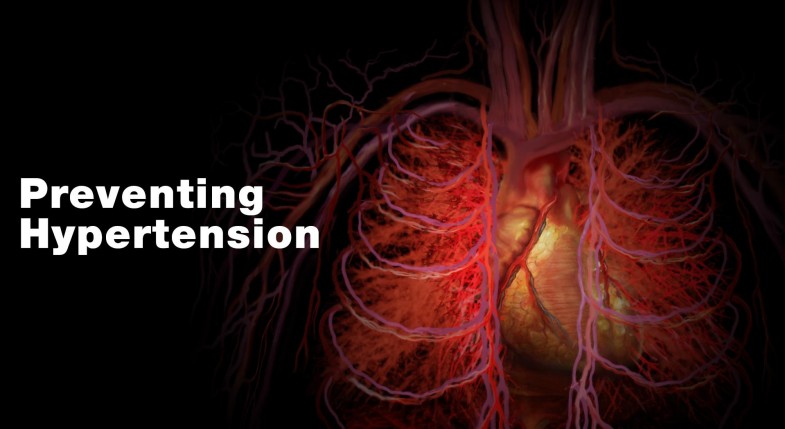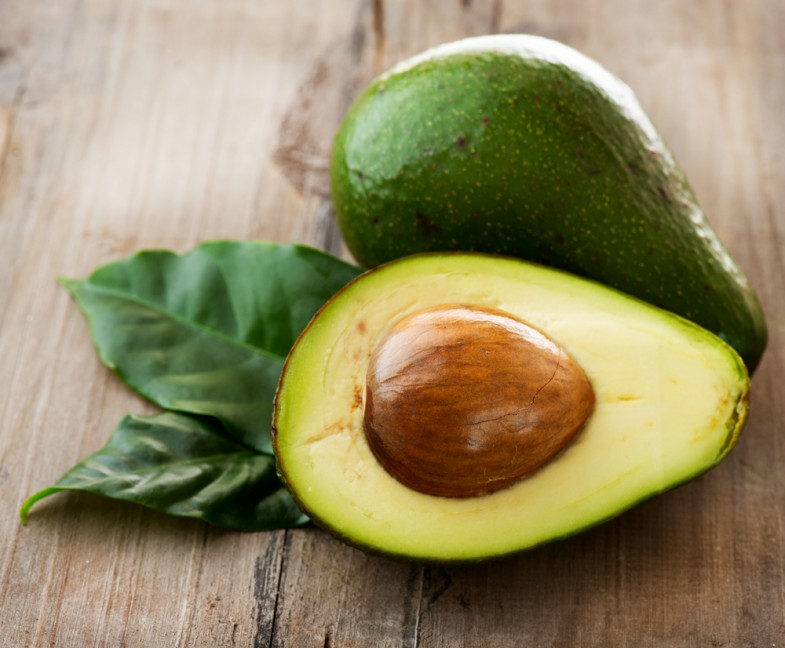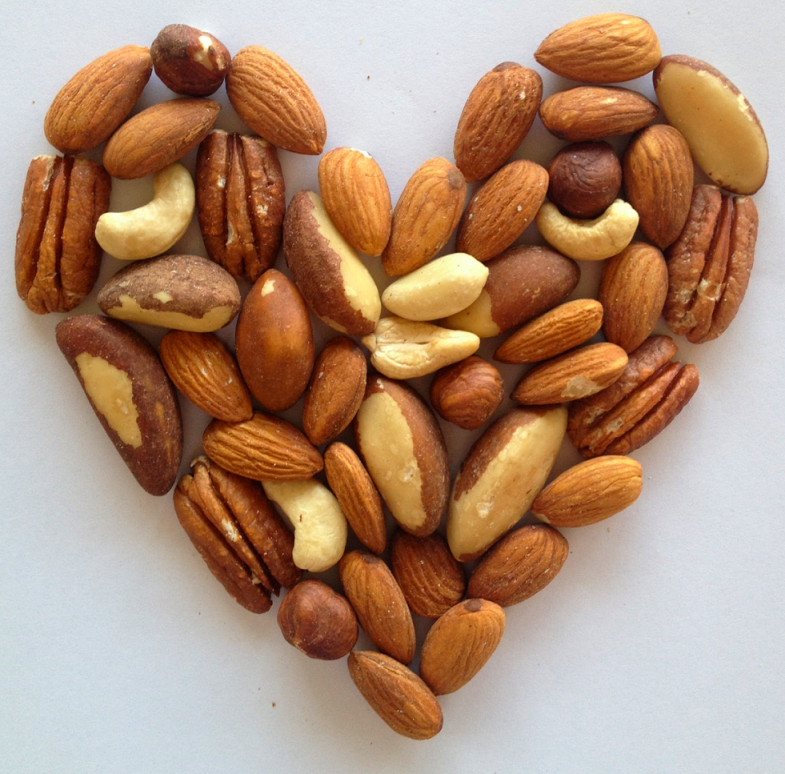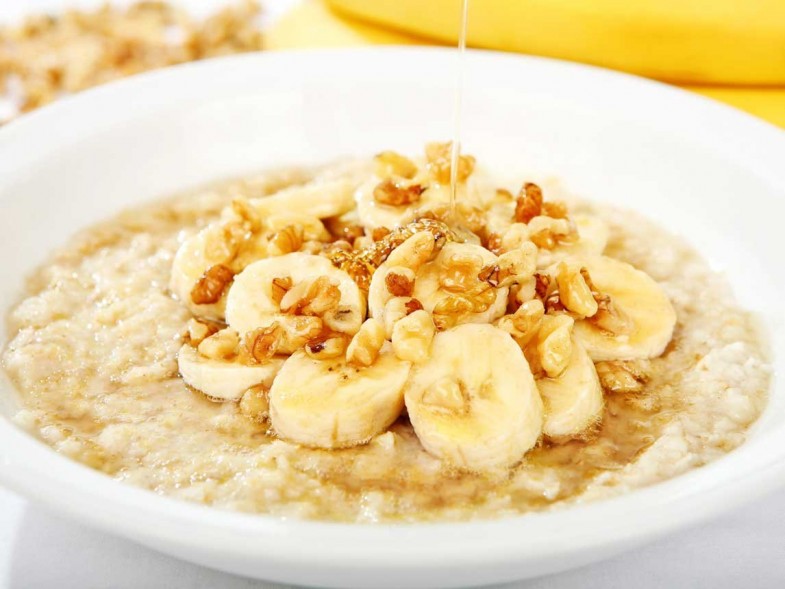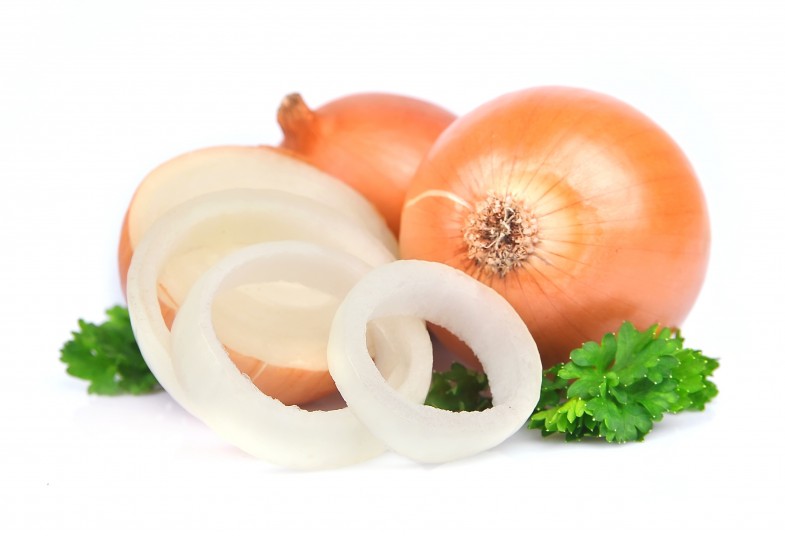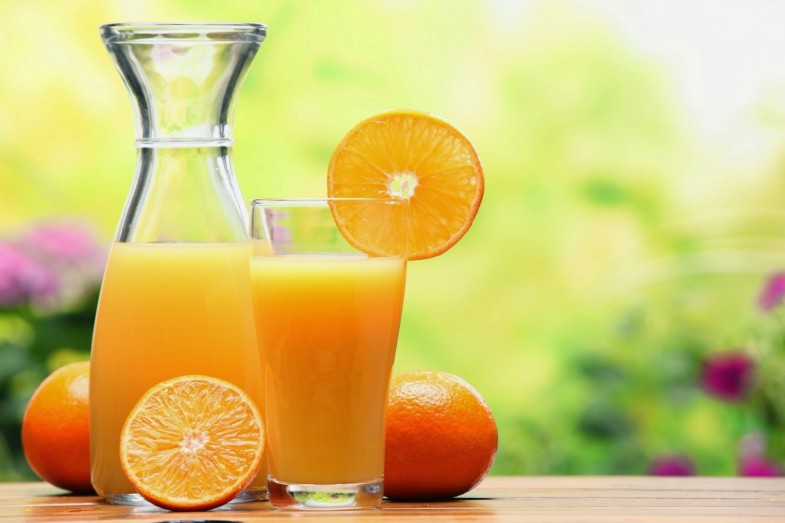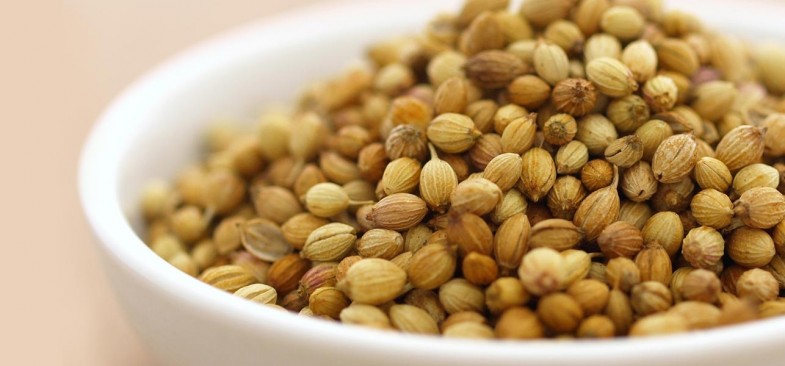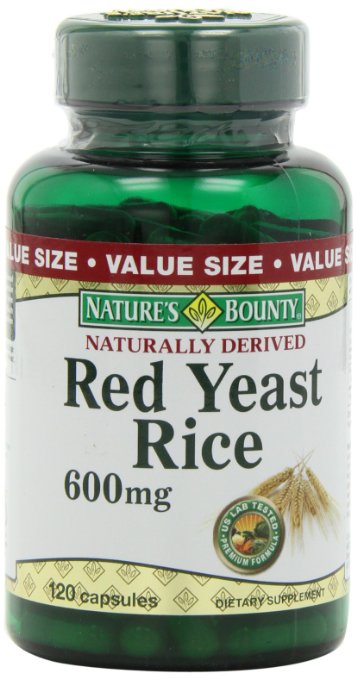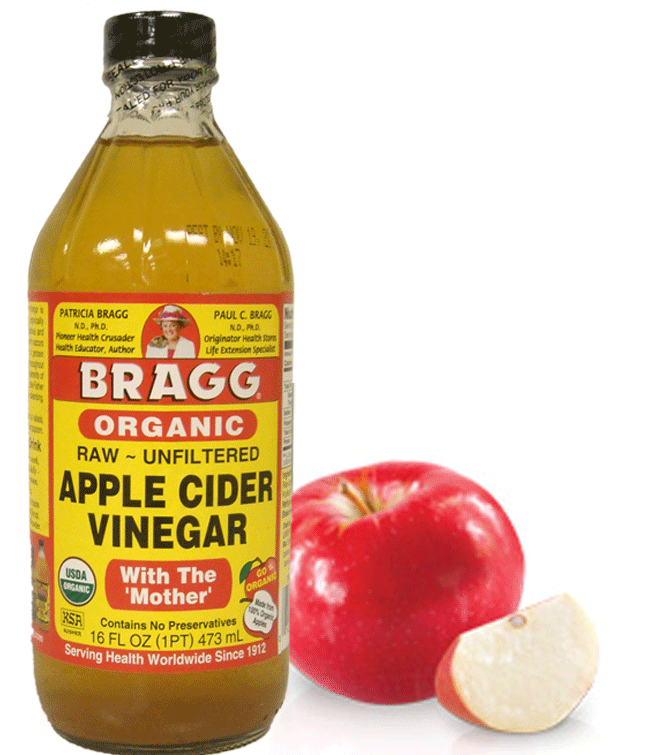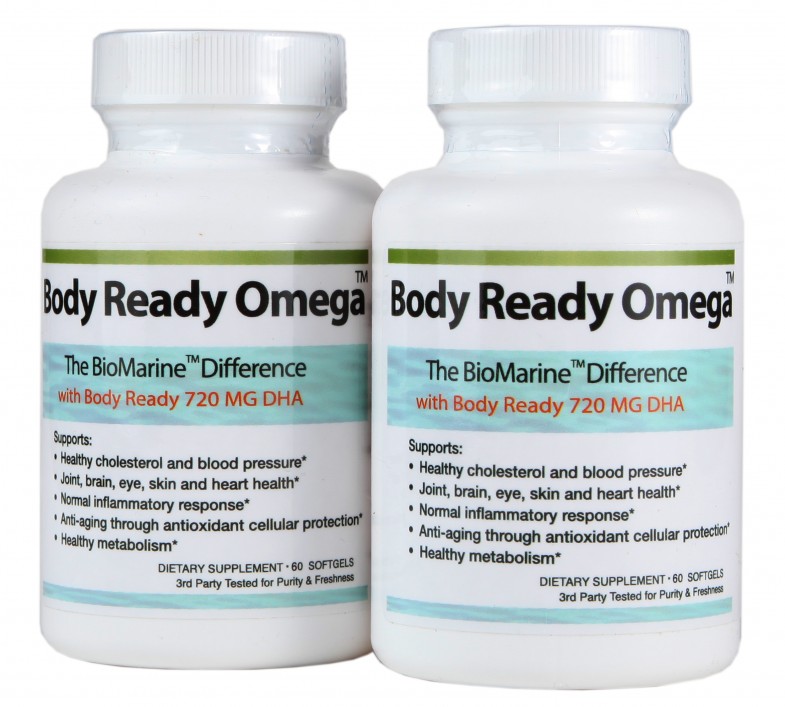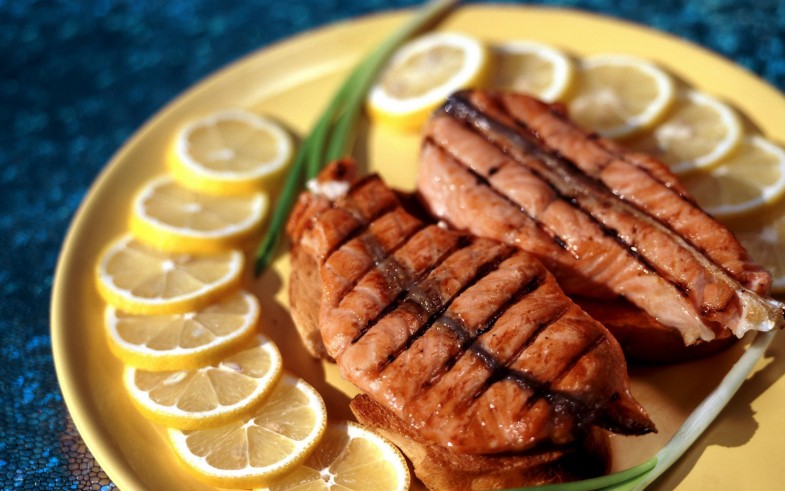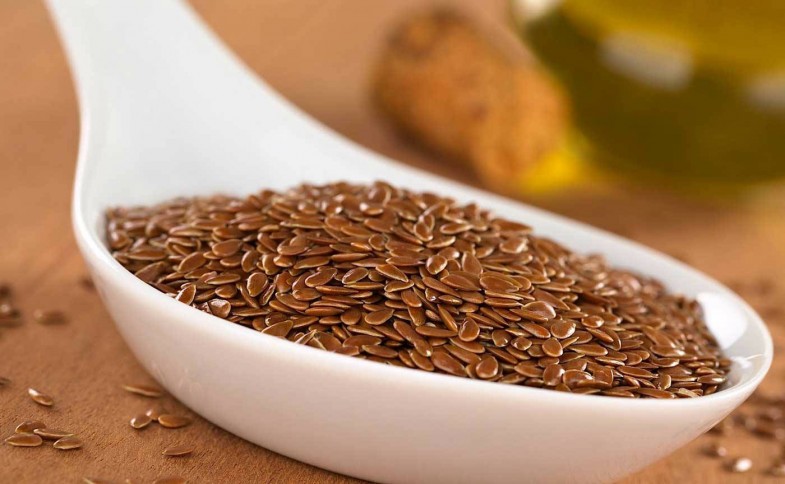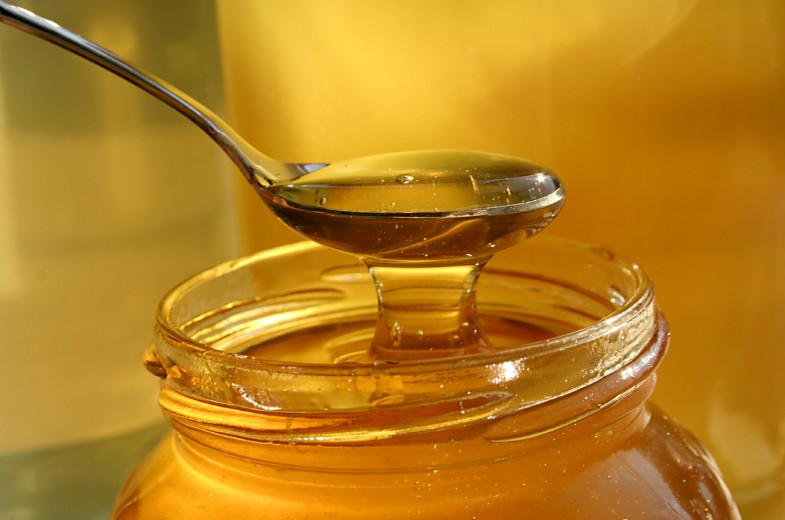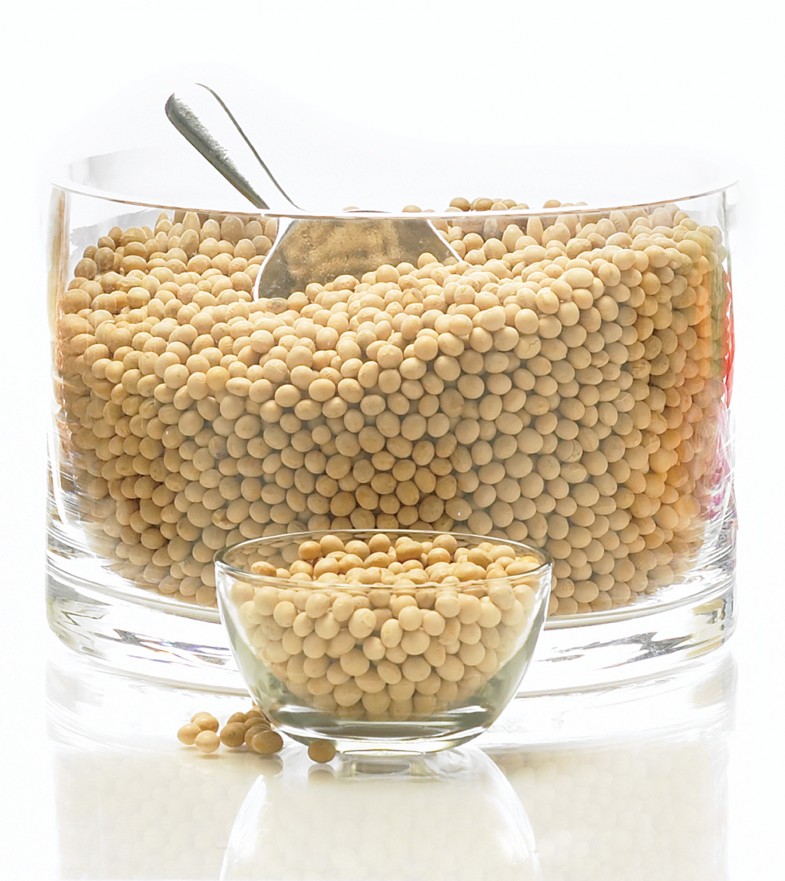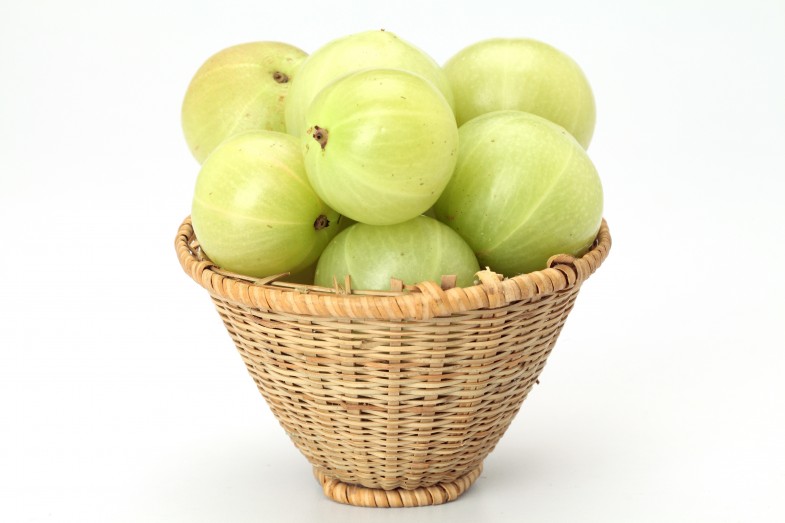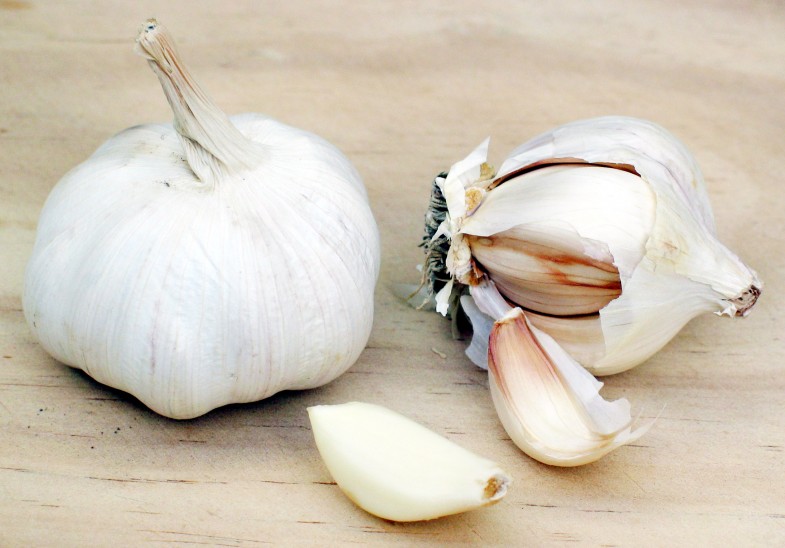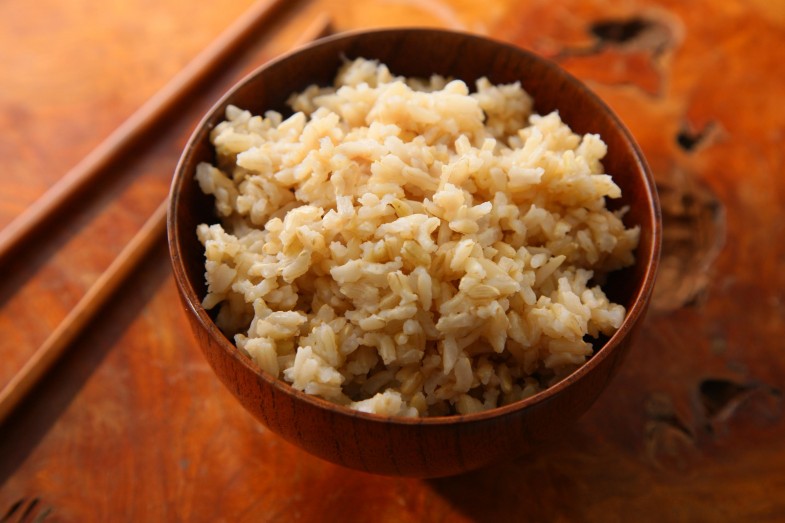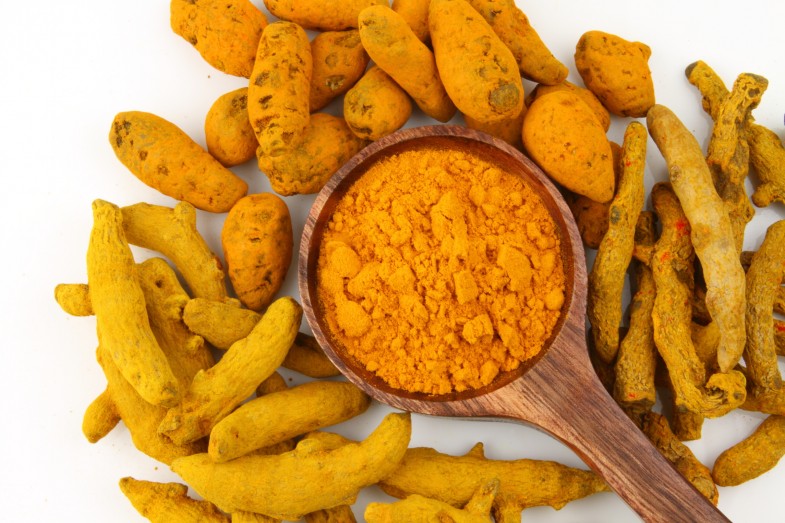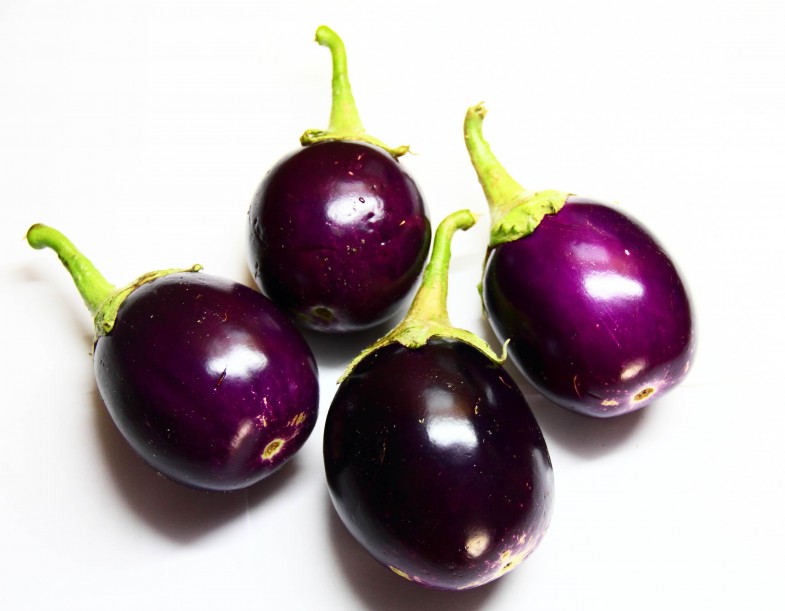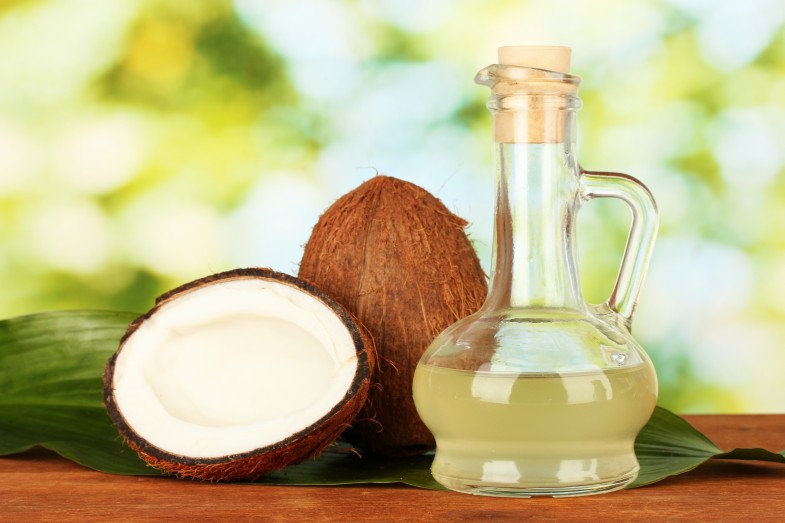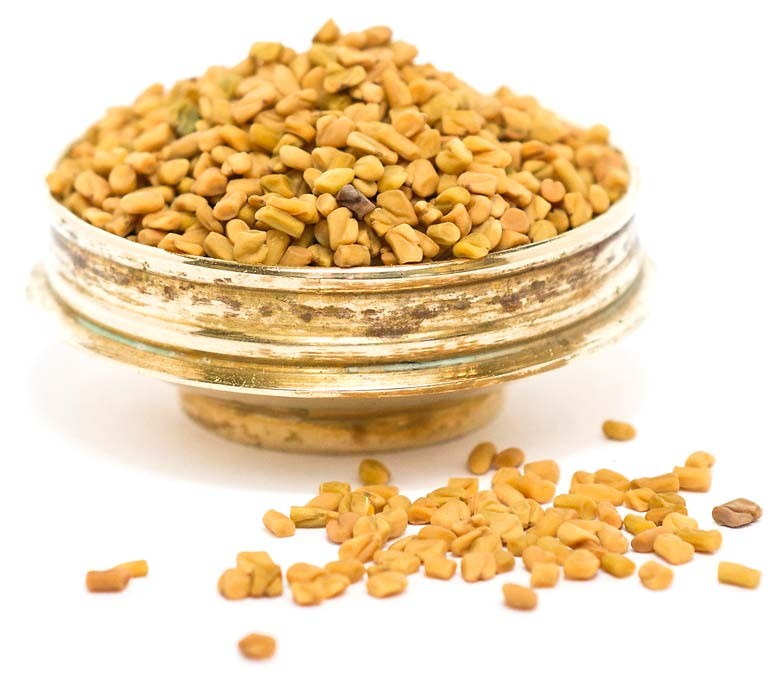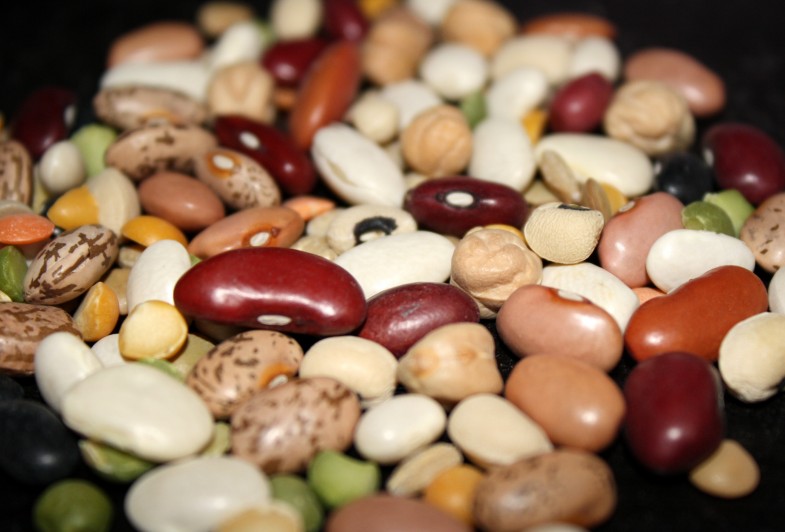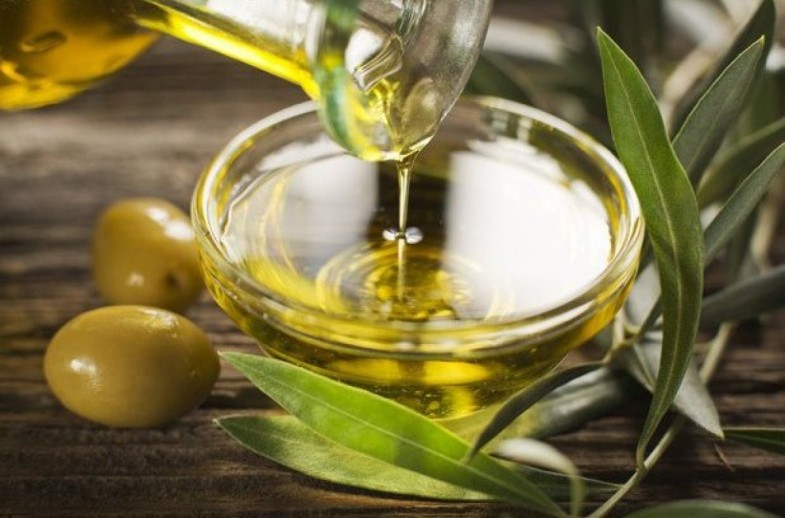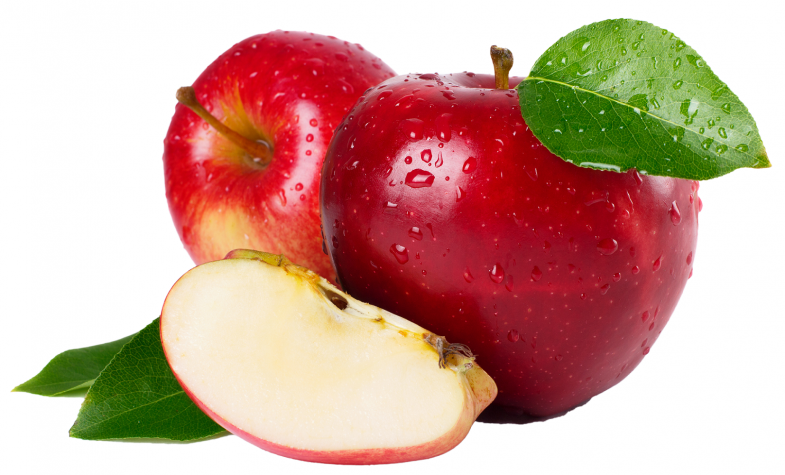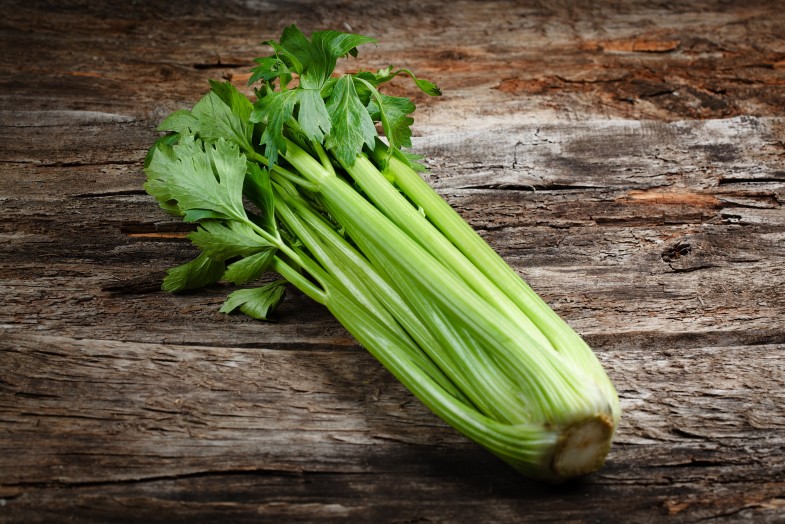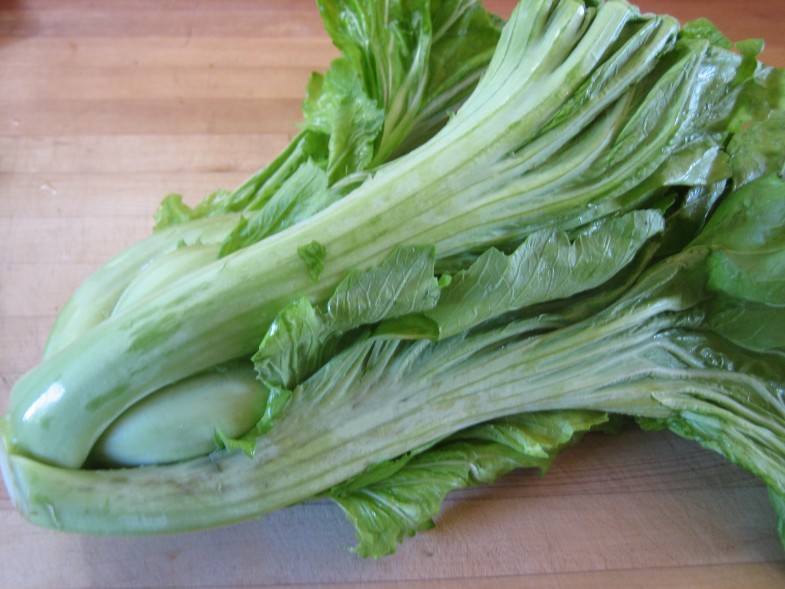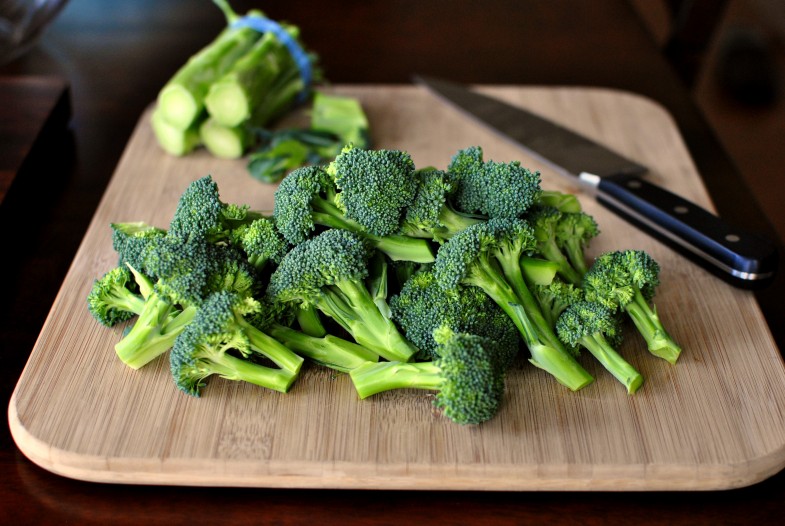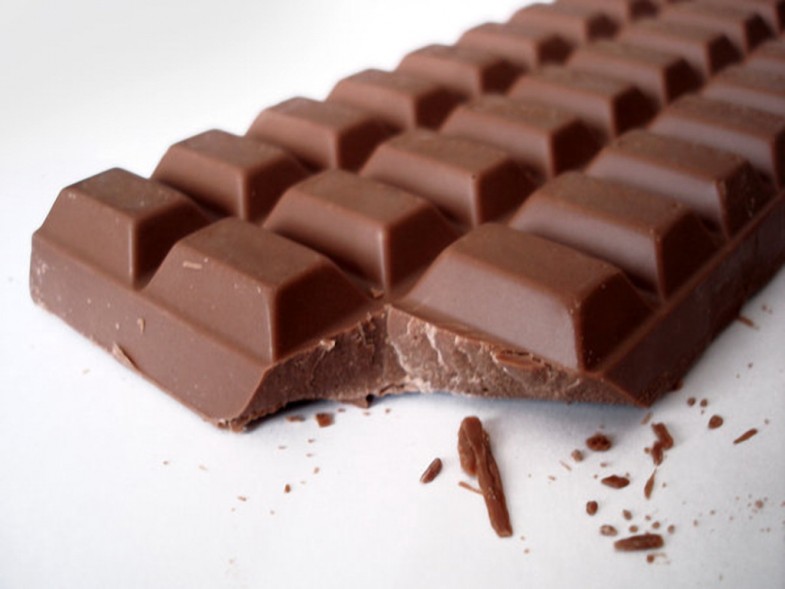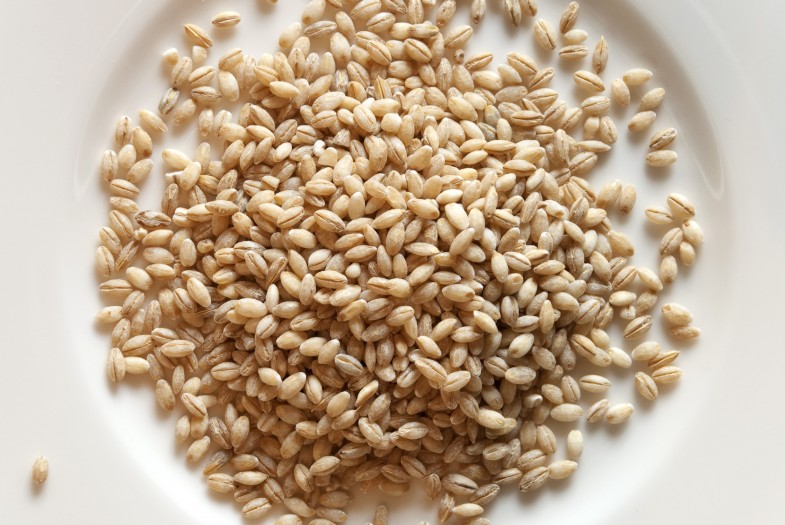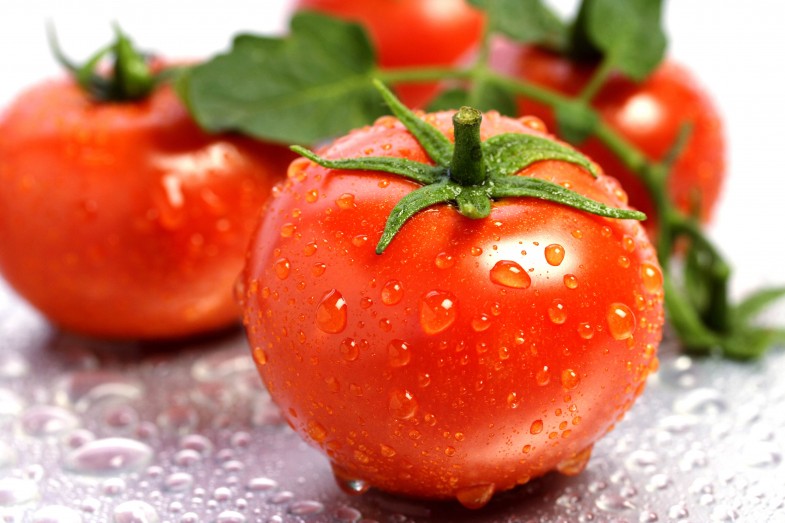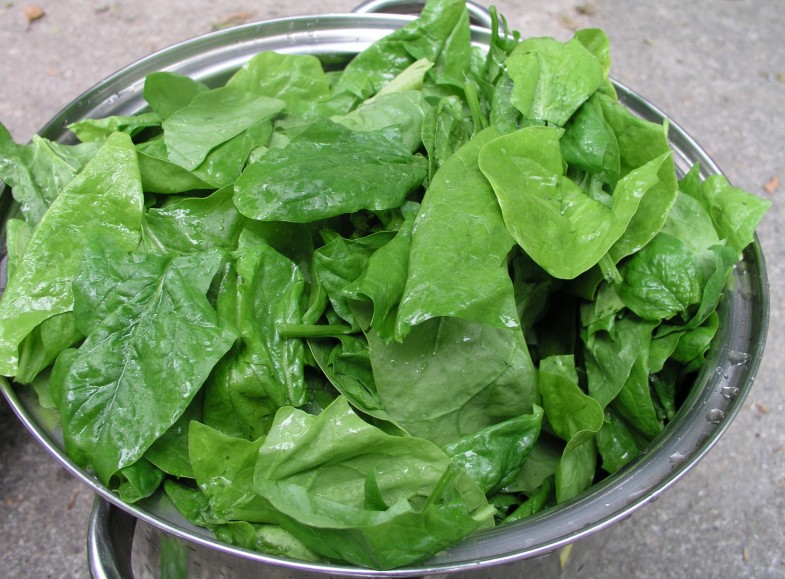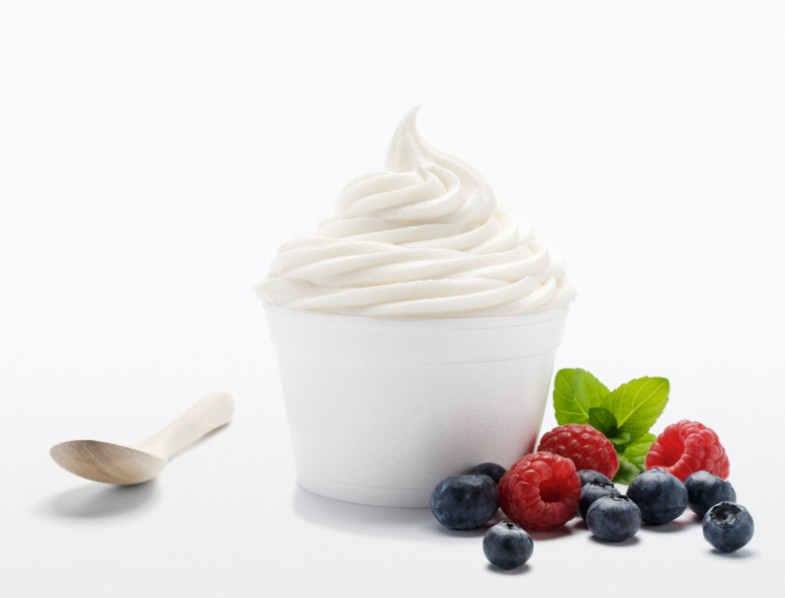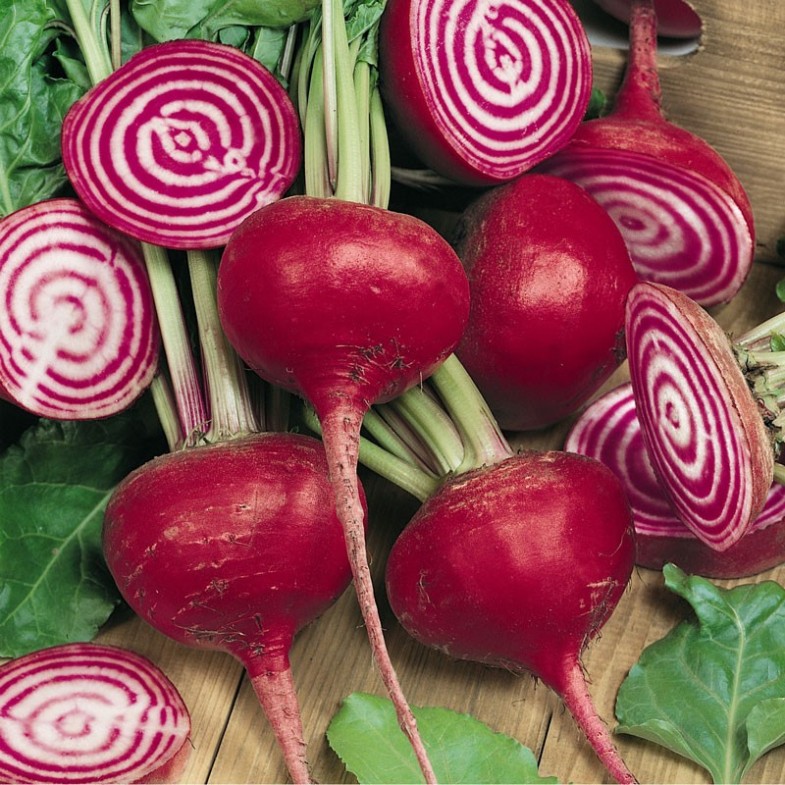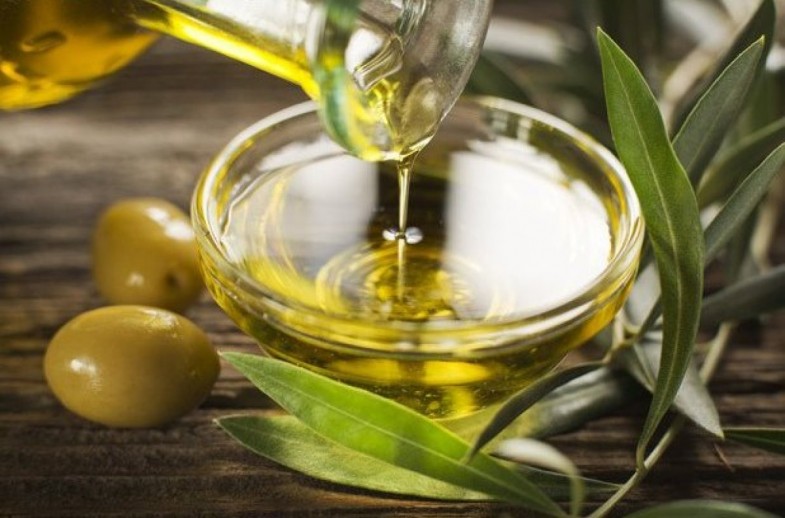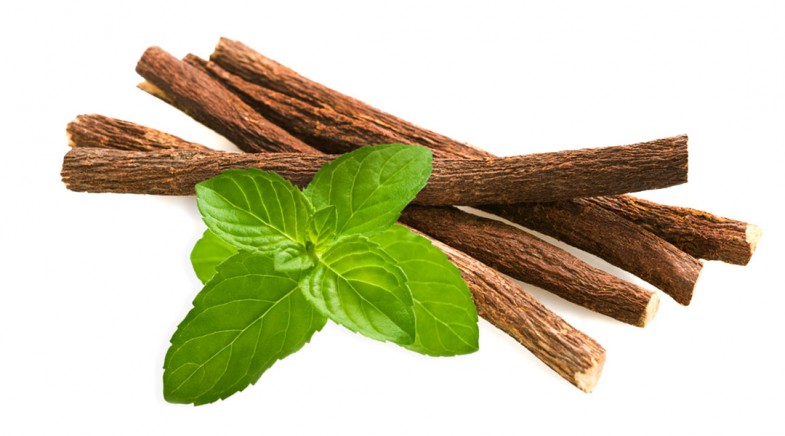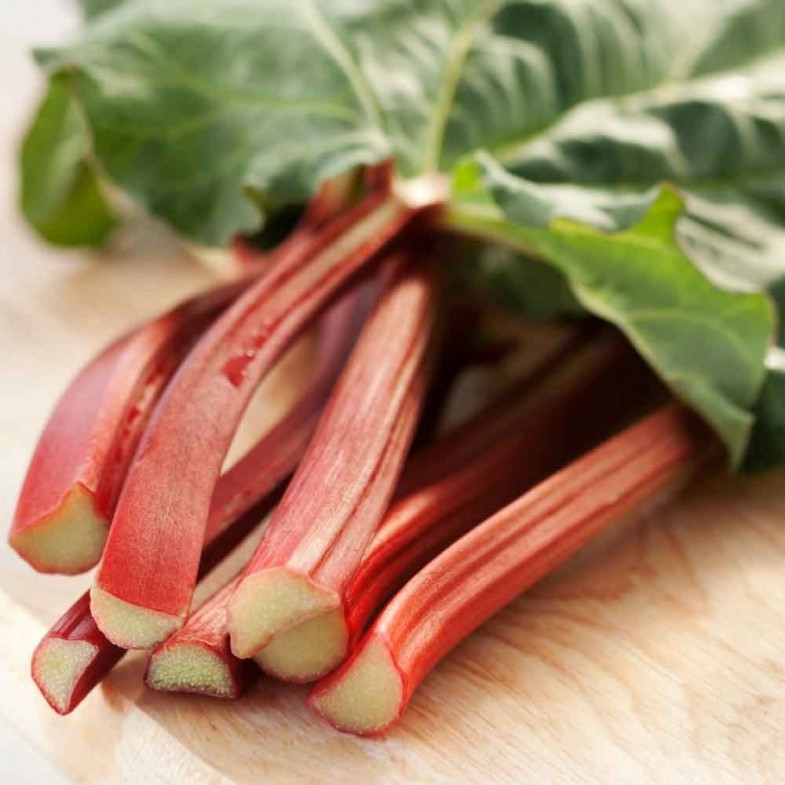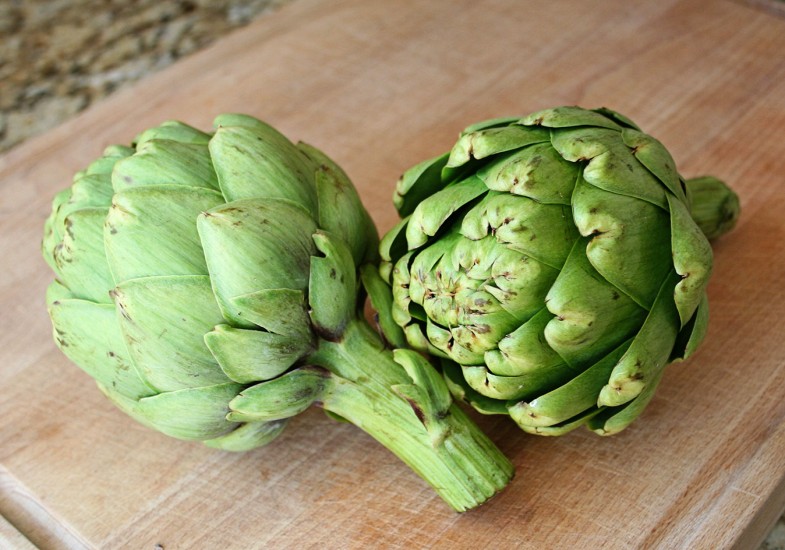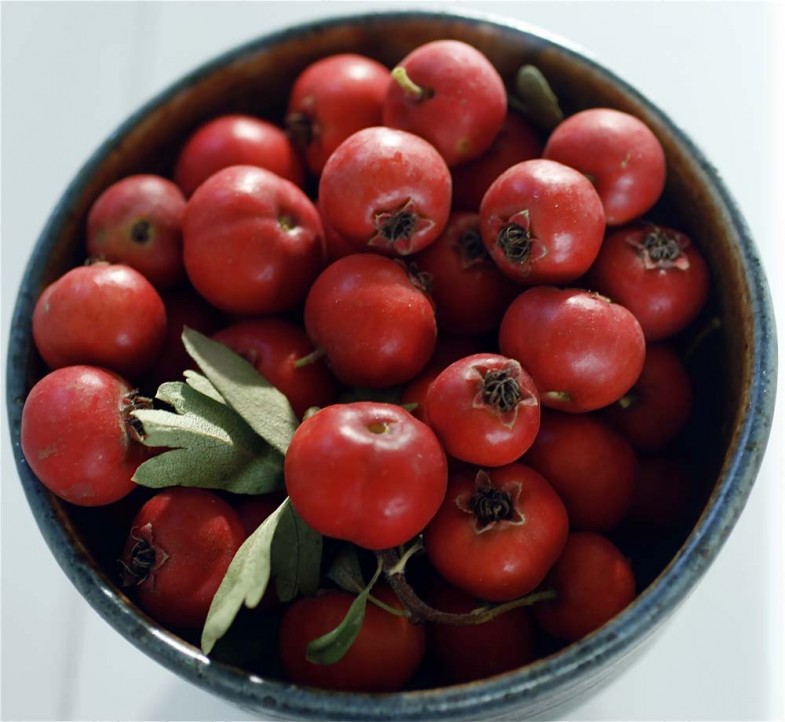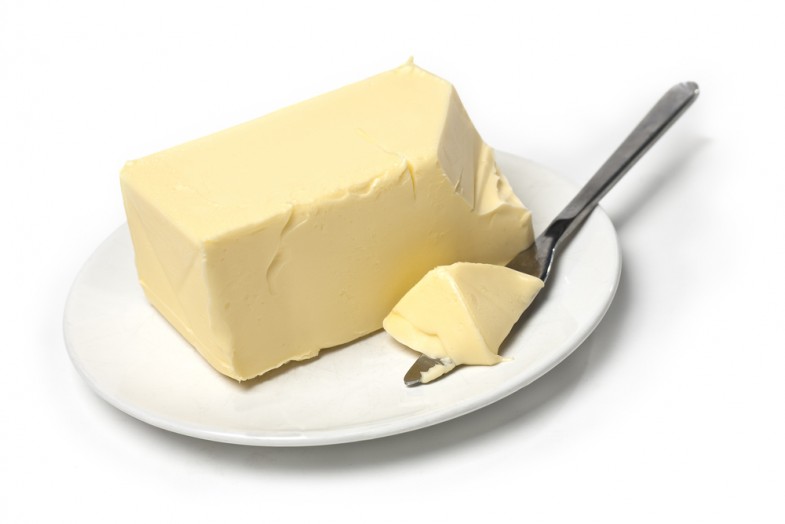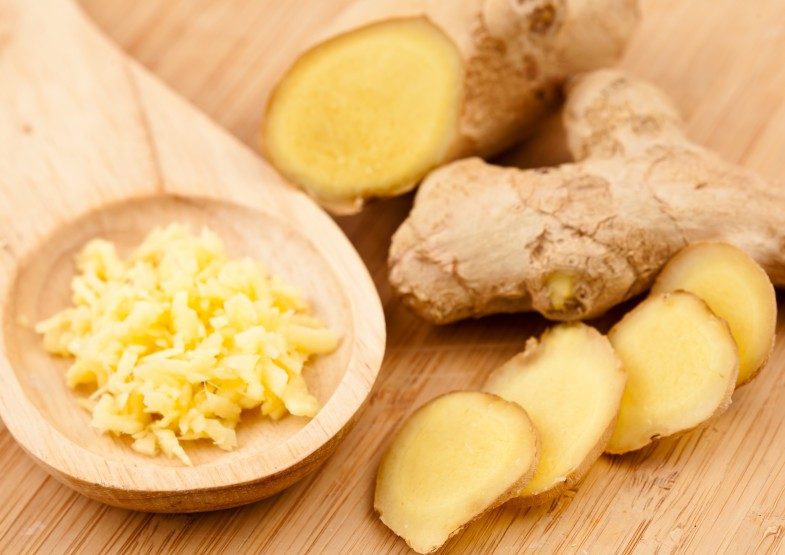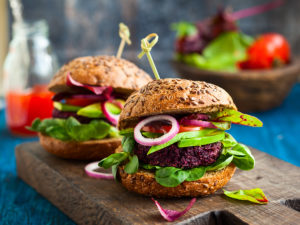
Source: womenshealthmag.com
The delicious meat-free burger: It does exist. Try these mouth-watering and healthy options.
LENTIL QUINOA BURGERS WITH SAUTEED MUSHROOMS
Slather on traditional toppings to make this protein-rich patty drool-worthy.
What you’ll need:
1/2 cup quinoa
1 can (19 oz) lentils, rinsed
1/2 cup plain bread crumbs
1 egg, lightly beaten
2 gloves garlic, chopped
2 tsp cumin powder
1/3 cup cilantro
Juice of half a lemon
1/2 cup walnut pieces
1 tbsp butter
1/2 lb crimini mushrooms, sliced
1/4 cup dry red wine
2 tsp vegetable oil
6 100% whole-grain buns
How to make it:
1. In a saucepan, combine quinoa and 1 cup water. Bring to a boil and simmer about 10 minutes. Let quinoa cool.
2. In a bowl, combine half the lentils, bread crumbs, egg, garlic, cumin, cilantro, lemon juice, cooked quinoa, and salt and pepper to taste. Place in a food processor or blender; process until well combined. Add remaining lentils and walnuts; pulse until they’re incorporated. Form into 6 patties.
3. Preheat grill to medium. Meanwhile, melt butter in skillet over medium heat; add sliced mushrooms and saute for 5 minutes, stirring regularly. Stir in wine and cook for another 5 minutes.
4. Brush burgers with oil and cook for 4 minutes per side. Toast buns for 2 minutes. Serve burgers on buns and top with sauteed mushrooms.
Makes 6 servings. Per serving: 436 cal, 14.6 g fat (2.9 g sat), 59.6 g carbs, 204 mg sodium, 12.9 g fiber, 18.8 g protein
BLACK BEAN OAT BURGERS
Chances are you’ve got some extra oatmeal in the back of your cupboard. Use it to add texture to traditional black bean burgers.
What you’ll need:
1 can (19 oz) black beans, drained and rinsed
1 1/2 cups diced mushrooms
1/2 cup plain rolled oats
2 cloves garlic, chopped
1 egg, lightly beaten
1 Tbsp cumin
1/4 tsp ground black pepper
2 tsp vegetable oil
6 100% whole-grain buns
6 Tbsp spicy mustard
1 tomato, sliced
1 cup baby spinach
How to make it:
1. Preheat grill to medium. Place half the beans in a food processor or blender along with mushrooms, oats, garlic, egg, cumin, and pepper. Process until well mixed. Add remaining beans and pulse the machine until they’re combined into the mixture. Form into 6 patties and coat each with vegetable oil.
2. Grill for 3 to 4 minutes per side or until browned. Toast buns for 2 minutes. Serve bean burgers on toasted buns and top with mustard, tomato, and spinach.
Makes 6 servings. Per serving: 283 cal, 6 g fat (1 g sat), 45 g carbs, 10 g fiber, 300 mg sodium, 13 g protein
STUFFED PORTOBELLO BURGERS WITH CARAMELIZED ONIONS
With ingredients like focaccia bread, mozzarella cheese, and a brown sugar and balsamic vinegar glaze, these burgers are one heck of a gourmet vegetarian treat.
What you’ll need:
1 Tbsp butter
2 Spanish onions, thinly sliced
1 Tbsp brown sugar
1 tsp balsamic vinegar
8 portobello mushrooms
1 Tbsp vegetable oil
1/2 eggplant, sliced into thin rounds
3 oz roasted red peppers
4 oz sliced low-fat mozzarella
1 loaf focaccia bread
How to make it:
1. Melt butter in a large saucepan over medium heat. Add onion and cook until translucent, about 4 to 5 minutes. Mix in brown sugar and balsamic vinegar. Reduce heat to medium-low, cover pan, and cook for 30 minutes, stirring occasionally.
2. Meanwhile, preheat grill to medium. Remove stems from mushrooms, brush with oil, and season with salt and pepper to taste.
3. Place eggplant slices on grill, cook for 2 minutes per side, then set them aside. Add mushrooms to grill, stem sides down, and cook for 6 to 7 minutes. Flip mushrooms and cook for another 4 minutes.
4. Top 4 mushrooms with red peppers and mozzarella, then cover each with a remaining mushroom, stem side down. (Stem sides should be facing each other.) Cook for 2 minutes or until cheese has melted; set aside.
5. Meanwhile, slice focaccia bread in half lengthwise down the side, then slice each half into 4 squares. Toast squares on grill, 2 minutes per side.
6. Place each stuffed mushroom on a focaccia square; top with onions, eggplant, and focaccia square.
Makes 4 servings. Per serving: 536 cal, 14 g fat (5 g sat), 81 g carbs, 7 g fiber, 909 mg sodium, 26 g protein
WALNUT-GRAIN BURGERS
These burgers are packed will belly-flattening monounsaturated fats. For superfast meals, keep cooked, cooled burgers frozen for up to 3 months. Simply microwave to reheat.
What you’ll need:
2 cups instant brown rice
1 3/4 cups low-sodium vegetable broth
1/2 onion, finely chopped
1 carrot, finely chopped
2 cloves garlic
1 1/4 cups walnuts
1 egg white
1 tablespoon salt-free seasoning blend
1/2 cup sesame seeds paprika
10 reduced-calorie hamburger buns
10 slices tomato
10 lettuce leaves
How to make it:
1. Combine the rice, broth, onion, carrot, and garlic in a large saucepan. Cover and bring to a boil over high heat. Reduce the heat so the mixture simmers. Cook for 5 minutes. Remove from the heat and set aside, covered, for 5 minutes. Spread on a baking sheet to cool.
2. Process the walnuts in the bowl of a food processor fitted with a metal blade until finely ground. Add the rice mixture, egg white, and seasoning. Pulse until the mixture sticks together. With wet hands, roll into 10 balls and then flatten into patties. Place the sesame seeds on a shallow plate and press the patties into them. Sprinkle with the paprika.
3. Coat a nonstick griddle or large skillet with cooking spray and heat over medium heat. Cook the patties for about 3 minutes or until golden. Turn carefully and cook for about 4 minutes longer or until heated through. Place each patty on a bun with a tomato slice and lettuce leaf.
Makes 10 servings. Per serving: 30 1.5 cal, 14.7 g fat (1.6 g sat), 38.2 g carbs, 6 g fiber, 217.7 mg sodium, 10.4 g protein
SOUTHWEST BLACK BEAN BURGERS WITH LIME CREAM
If you’re in a hurry, serve this low-fat Tex-Mex treat with prepared salsa instead of lime cream.
What you’ll need:
BURGERS:
2 dried chipotle peppers (wear plastic gloves when handling)
1 cup chopped red onions
1/2 cup chopped carrots
1 cup chopped mushrooms
1 cup frozen corn kernels, thawed
1/4 cup chopped fresh italian parsley
1 teaspoon ground cumin
1/4 teaspoon cider vinegar
1 can (19 ounces) black beans, rinsed and drained
1/4 cup blue or yellow cornmeal
1/3 cup unseasoned dry bread crumbs
LIME CREAM:
1/3 cup nonfat sour cream
1 tablespoon lime juice
1/4 teaspoon chili powder
dash of hot-pepper sauce
How to make it:
1. To make the burgers: Place the peppers in a small bowl and cover with boiling water. Let soak for 10 minutes, or until softened. Drain, pat dry, and remove and discard the stems and seeds. Chop the flesh.
2. Coat a large no-stick skillet with no-stick spray. Add the onions and carrots. Cook over medium heat for 2 to 3 minutes, or until softened. Stir in the peppers, mushrooms, corn, parsley, cumin, and vinegar. Cook for 5 minutes, or until the vegetables are tender. Remove from the heat.
3. Place the beans in a large bowl. Use the back of a wooden spoon to mash about half of the beans. Stir in the cornmeal and the vegetable mixture until well-combined. Form into four 1″-thick patties. Roll in the bread crumbs to coat.
4. Wipe out the skillet and coat with no-stick spray. Place over medium heat until hot. Add the burgers and cook for 5 minutes per side, or until browned and hot throughout.
5. To make the lime cream: In a cup, combine the sour cream, lime juice, chili powder, and hot-pepper sauce. Serve with the burgers.
Makes 4 servings. Per serving: 260 cal, 2.2 g fat (0.4 g sat), 53.2 g carbs, 11.1 g fiber, 586.8 mg sodium, 12.8 g protein
CURRY-SPICED VEGGIE BURGERS
A single spice makes these burgers anything but boring. Homemade veggie burgers come together in just minutes. Curry makes these a stand-out meatless dinner. Serve on whole-wheat buns with a salad or slaw on the side.
What you’ll need:
2 tablespoons olive or canola oil
1 medium onion, chopped (about 1 cup)
1 teaspoon curry powder
1/2 teaspoon ground coriander
1/2 teaspoon crushed fennel seeds
1 1/2 cups white button mushrooms, chopped
1 1/2 cups cooked and drained chickpeas
1 medium carrot, grated (about 1 cup)
1/4 cup chopped walnuts
3 tablespoons chopped cilantro
1/2 teaspoon salt
1/4 teaspoon ground black pepper
flour
How to make it:
1. In a medium nonstick skillet over medium high heat, warm 1 tablespoon of the oil. Add the onion, curry powder, coriander, and fennel. Cook, stirring frequently, for about 2 minutes, or until the onion starts to soften. Add the mushrooms. Stir to mix. Cover and cook for about 4 minutes longer, or until the liquid pools in the pan. Uncover and cook for about 3 minutes more, or until the liquid is evaporated.
2. Transfer the mixture to the bowl of a food processor fitted with a metal blade. Add the chickpeas. Pulse until well chopped. Transfer to a bowl. Add the carrot, walnuts, cilantro, salt, and pepper and mix well.
3. Lightly dust hands with flour. Shape the mixture into six 4″ wide patties.
4. In a large skillet over medium heat, warm the remaining 1 tablespoon oil. Place the patties in the pan. Cook for about 4 minutes, or until browned on the bottom. Flip and cook for about 4 minutes longer, or until heated through.
Makes 6 servings. Per serving: 169 cal, 8.9 g fat (1.1 g sat), 18.2 g carbs, 4.7 g fiber, 17.9 mg sodium, 5.6 g protein
LENTIL-MUSHROOM BURGERS
This recipe was developed by vegan ultra marathoner runner Scott Jurek, so rest assured that these protein-packed burgers will power up any athletic activity you have planned for the weekend. Extra uncooked patties can be frozen on wax paper in plastic bags or wrapped individually in aluminum foil, making for a quick dinner or wholesome burger for the next barbecue.
What you’ll need:
1 cup dried green lentils (2 ¼ cups cooked)
2 1/4 cups water
1 teaspoon dried parsley
¼ teaspoon black pepper
3 garlic cloves, minced
1 ¼ cups finely chopped onion
3/4 cup finely chopped walnuts
2 cups fine bread crumbs*
1/2 cup ground flax seed (flax seed meal)
3 cups finely chopped mushrooms
1 1/2 cups destemmed, finely chopped kale, spinach, or winter greens
2 tablespoons coconut oil or olive oil
3 tablespoons balsamic vinegar
2 tablespoons Dijon mustard
2 tablespoons nutritional yeast
1 teaspoon sea salt
1/2 teaspoon black pepper
1/2 teaspoon paprika
*To make the bread crumbs, you’ll need about half of a loaf of day-old bread (like Ezekiel 4:9). Slice the bread, then tear or cut into 2- to 3-inch pieces and chop in a food processor for 1-2 minutes, until a fine crumb results. The walnuts can also be chopped in the food processor with the bread.
How to make it:
1. In a small pot, bring the lentils, water, parsley, 1 garlic clove, and ¼ cup of the onion to a boil. Reduce heat and simmer, partially covered, for 35 to 40 minutes, until the water is absorbed and the lentils are soft.
2. While the lentils are cooking, combine the walnuts, bread crumbs, and flax seed in a bowl. Add the nutritional yeast, salt, pepper, and paprika and mix well.
3. Saute the remaining onion, remaining garlic, the mushrooms, and greens in the oil for 8 to 10 minutes, then set aside.
4. Remove the lentils from the heat, add the vinegar and mustard, and mash with a potato masher or wooden spoon to a thick paste.
5. In a large mixing bowl, combine the lentils, sauteed veggies, and bread crumb mixtures, and mix well. Cool in the refrigerator for 15 to 30 minutes or more.
6. Using your hands, form burger patties to your desired size and place on waxed paper. Lightly fry in a seasoned skillet, broil, or grill until lightly browned and crisp, 3 to 5 minutes on each side.
BLACK BEAN BURGER + BALSAMIC ONION JAM
As fancy as it sounds, this recipe is super simple—it only requires throwing seven ingredients into a food processor and hitting “pulse.”
What you’ll need:
1 1/2 cups canned no-salt-added black beans, rinsed and drained
1/2 yellow bell pepper, sliced
1/3 cup roughly chopped red onion
3/4 cup shredded carrot
1/3 cup dry quick-cooking oats
2 1/2 tsp canola oil
1/2 tsp cumin
How to make it:
1. Put all ingredients in a food processor and pulse until combined, 2 to 3 minutes. Form into 4 patties.
2. Mist a piece of aluminum foil with cooking spray and place foil on the grill. Cook patties on foil for 5 minutes, flip, then cook 5 minutes more.
3. To serve, top each patty with 3 tablespoons Balsamic Onion Jam (recipe: Healthy Burger Toppings).

